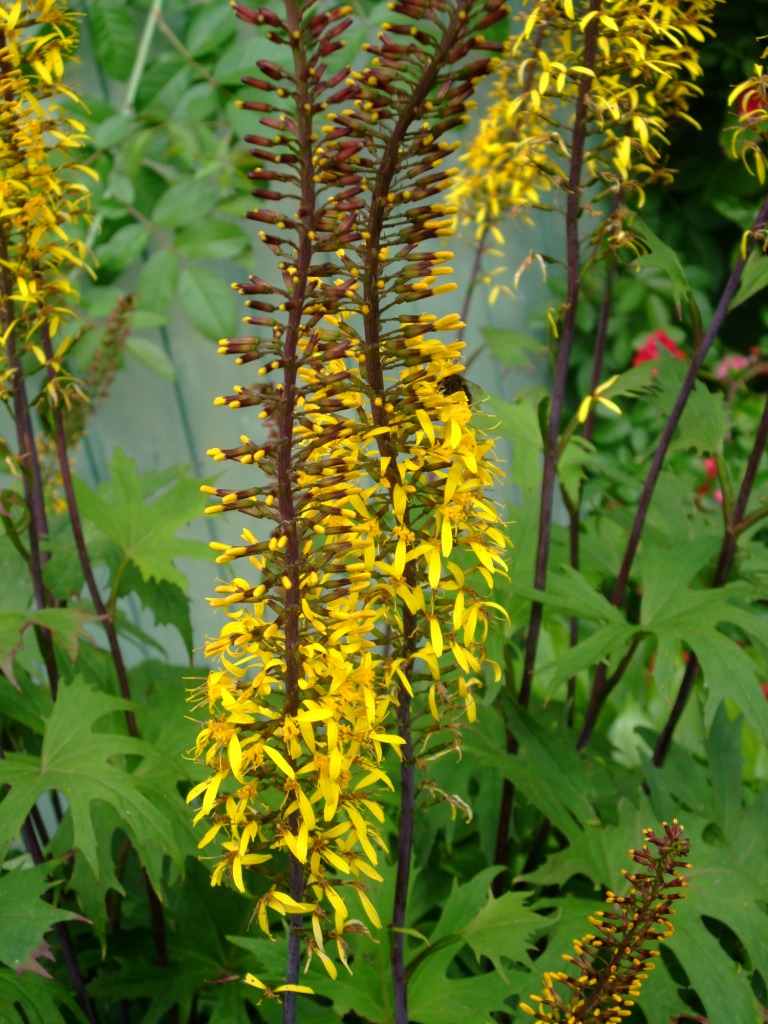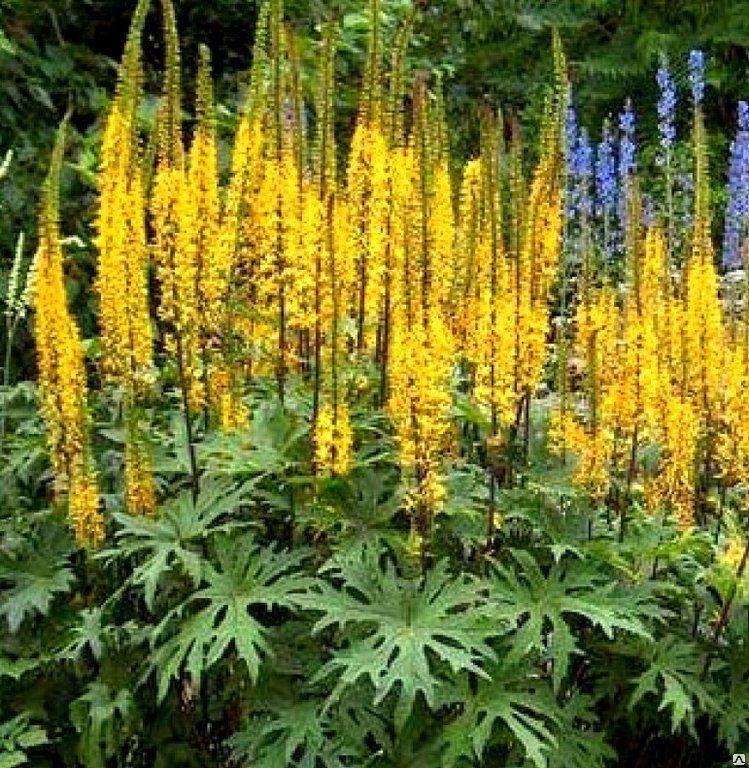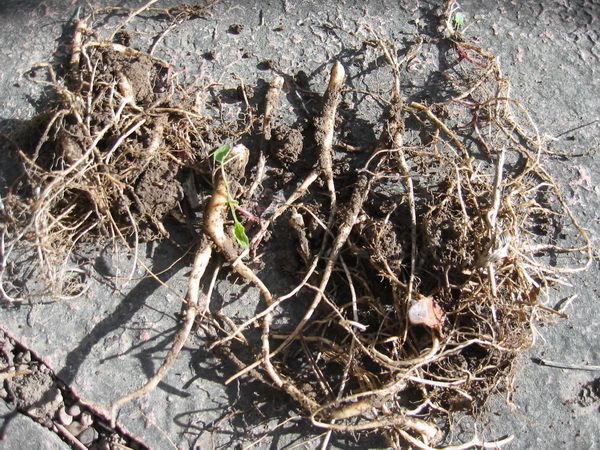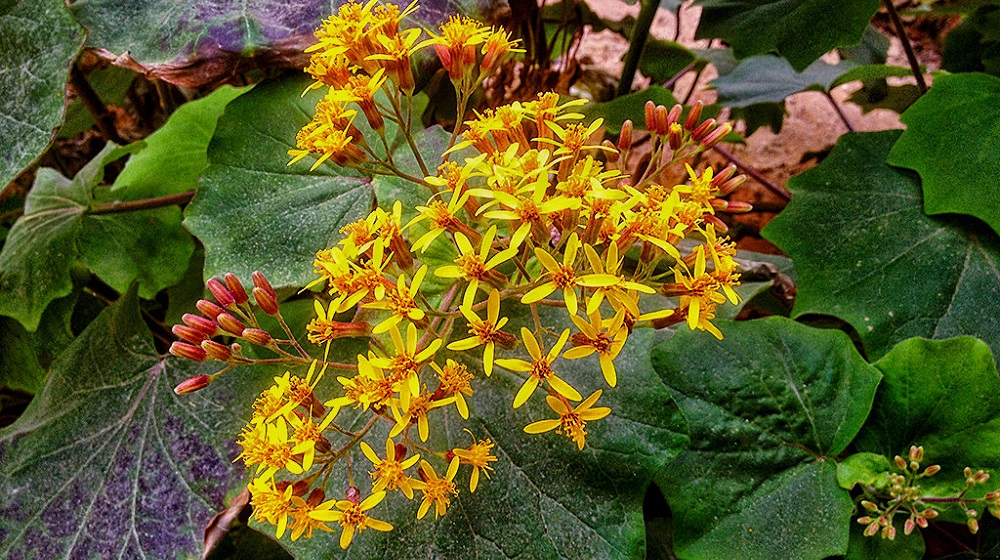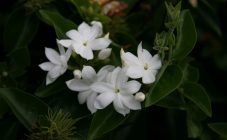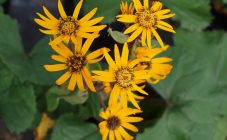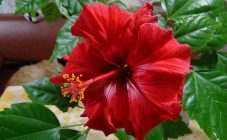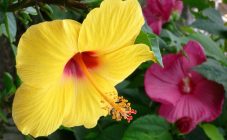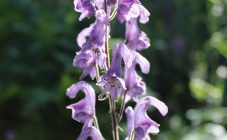Content:
Buzulnik flower is a herbaceous perennial from the Astrov family, or Compositae. Today there are approximately 1,500 representatives of this species. Habitat - Africa, Europe, Asia. In size, the plant is similar to a bush: the peduncle can reach the height of a person. Few gardeners know what the bushes of the buzulnik look like. It is worth considering in more detail the description and characteristics of the flower.
Description of the plant buzulnik
The name of the plant comes from the Latin Ligularia (ligularia), which means "tongue". She was so nicknamed because of the shape of the flowers that are located high above the leaves.
The rosette is made up of large, luxurious green leaves, placed one after another. There are leaves with a shade of bronze, purple and even purple. Sometimes small specks may be present on the leaves. The plant variety determines the shape and size of the leaf. The size can vary from 30 to 80 cm.
Orange-yellow flower stalks are located high above the foliage. They are bare and have inflorescences in the form of an ear, brushes, and a shield. Buzulnik inflorescences reach 10 cm in width. Flowers are tubular and ligulate. The first to bloom are the buds located closer to the outlet. Flowering begins in early summer. Gradually, the inflorescences located above begin to bloom. And this continues until mid-autumn.
The buzulnik plant looks strong and strong. This is facilitated by a strong, developed root system. It has many branches and reaches half a meter in length. When the buzulnik fades, the corydal seeds ripen.
Varieties suitable for planting in the garden
There are a huge number of plant varieties. Below are the best and most suitable types for planting in a garden plot.
- Buzulnik Przewalski. The plant Ligularia przewalskii was named in honor of N. Przewalski, the famous traveler, researcher, naturalist of the 19th century. The native lands of the Buzulnik Przhevalsky are Mongolia, China. It grows in highlands located 1000-3700 m above sea level. Used as an antibacterial agent in the PRC.
- Buzulnik maple-leaved is named after the shape of the leaves, similar to maple. In size they exceed 20 cm. Inflorescences are ordinary, straight lines are located 170 cm above the leaves. The texture of the leaves is veined, which makes them look like maple leaves.
More varieties of buzulnik:
- The narrow-headed and toothed buzulnik variety are similar to the Przhevalsky variety. They are also planted for landscaping a summer cottage and a garden plot, alternating with flower beds planted with decorative grass.
- Buzulnik Tangut is a beautiful shrub with a developed tuberous root system that forms stolons. Propagated by dividing the tuber.
- Buzulnik palm-like is a herb for open ground. Differs in large lower leaf plates of a round shape with deep lobes.
Reproduction of buzulnik
Buzulnik reproduces in 3 ways:
- using seeds;
- division;
- seedlings.
When breeding buzulnik, it is required to place the seeds in nutrient soil in the spring. Continuous hydration must be ensured.After the seedlings have hardened, you can move the buzulnik (saplings) into open soil. After 3-4 years, the plant begins to bloom.
Transfer
Not many gardeners know when to transplant a buzulnik. Since it can grow in one area for many years, the bushes need to be rejuvenated once every 5 years. It is better to do this in the spring. This procedure includes division and transplantation.
There are different cases, and therefore it is better to learn how to transplant buzulniki in the fall.
If a buzulnik sapling was purchased in the summer, then you need to immediately cut off the peduncles, remove a third of the leaves, plant and shade from the sun, keep the soil moist. An untimely transplant has its own nuances: it is worth being patient, as the buzulnik will take a long time to survive.
How to care for a buzulnik
Buzulnik care depends on what is required of the plant. If it is planted just like that, "so that it was", then care is not required at all. The plant itself is undemanding to care. If the goal is to decorate the site, then in this case, you need to take into account three main points:
- sufficient watering;
- the required amount of light;
- timely feeding.
It is necessary to maintain soil moisture with the help of regular watering, loosening, mulching. All plants of this species love moisture, so it is recommended to water abundantly once every 7 days. In dry periods - increase watering.
The plant needs light. It is necessary to regulate its quantity. Ligularia can fully reveal its decorative properties in the shade or partial shade. In case of strong light, the leaves lose their spotting, the flowers become paler, and the plant does not develop well.
Top dressing
When the soil is properly fertilized during planting, the plant does not need to be fed in the first year. Fertilizer is applied only in the second year in spring during loosening of the earth. When the soil is depleted in nutrients, the buzulnik is fertilized during the period of growth, the formation of seeds, flowers. In summer, it is better to choose complex mineral fertilizers. After the winter period, the soil must be nourished with nitrogen-containing products.
Pests and diseases
Buzulnik is very resistant to diseases and pests. Slugs are especially dangerous for young plants. To avoid the possibility of their appearance, it is worth using superphosphate, scattering it under the buds.
Shrub leaves are susceptible to powdery mildew. To eliminate it, it is enough to spray the greens with a solution of potassium permanganate.
Buzulnik in landscape design: flower beds and compositions with a plant
Buzulnik is very popular in landscaping. Its striking appearance and unassuming care make it a popular choice for many landscape designers.
Options for using shrubs in the landscape of a garden plot:
- Full coverage of the garden area with greenery.
- Decorating the back of the flower garden.
- Planting shrubs along garden paths, artificial reservoirs, walls of the house.
- As the center of the composition among the flower garden.
- Creating a hedge as planting along the fence is a great option.
Buzulnik is a great option for decorating a garden plot. This bright, tall perennial is completely undemanding to care for. It can grow in one place for a long time without transplanting. Feels good in combination with other plants.Today there are many types of buzulnik. And each grower can choose the one suitable for preferences, climatic conditions.
